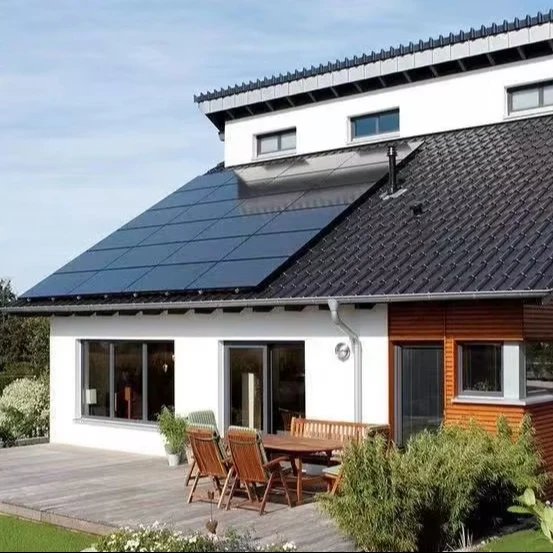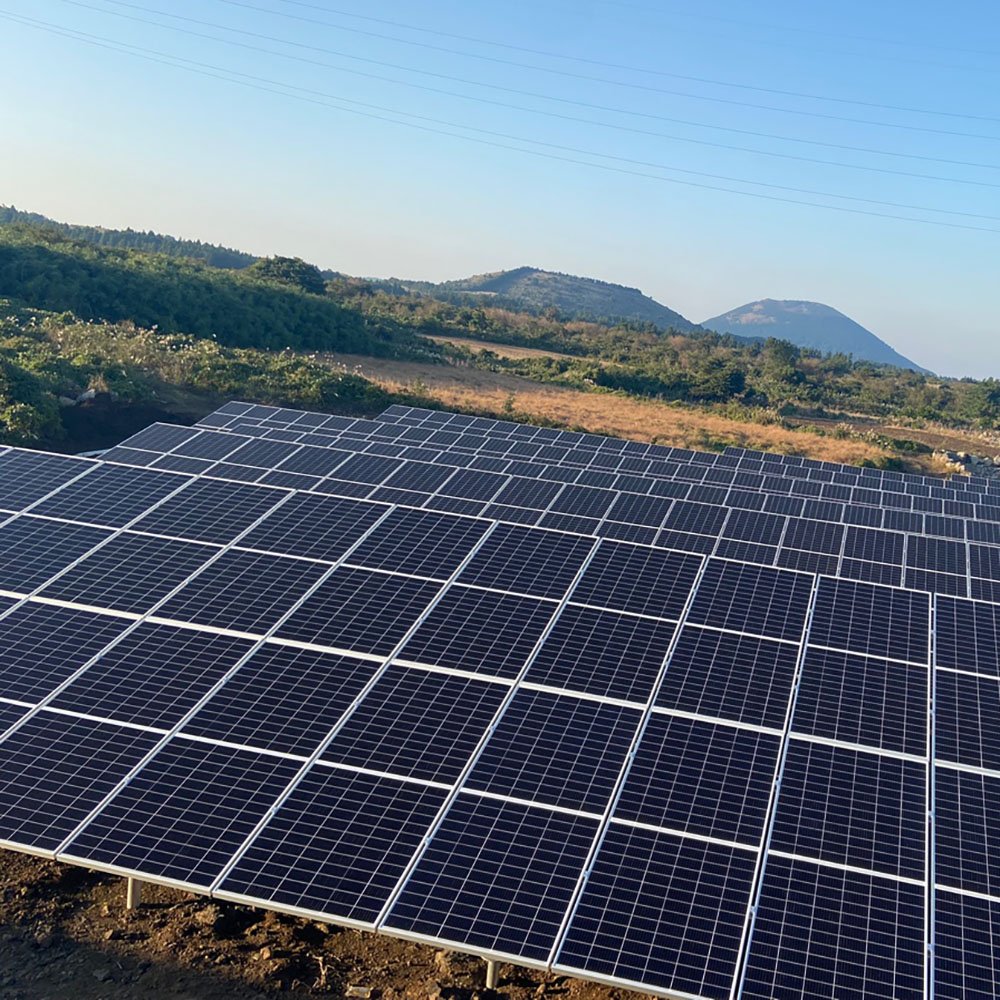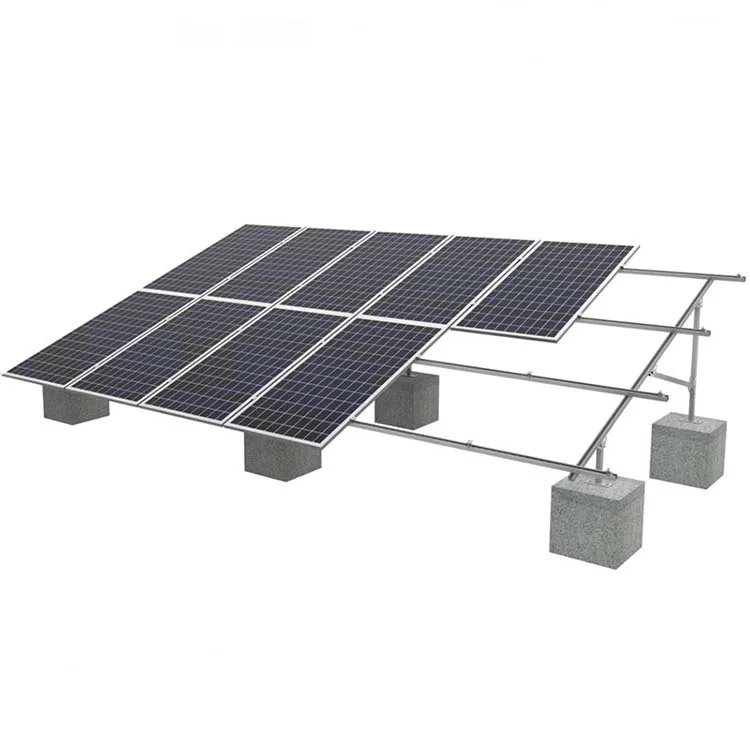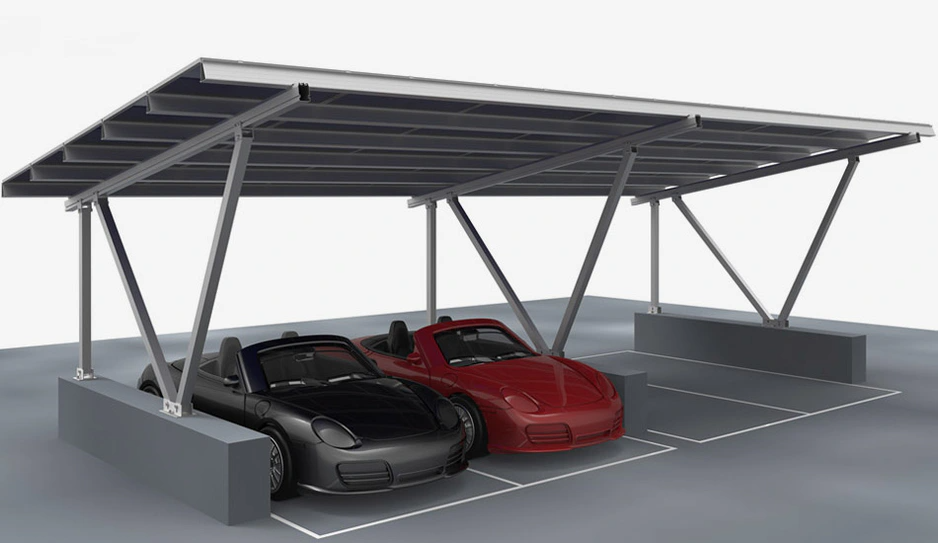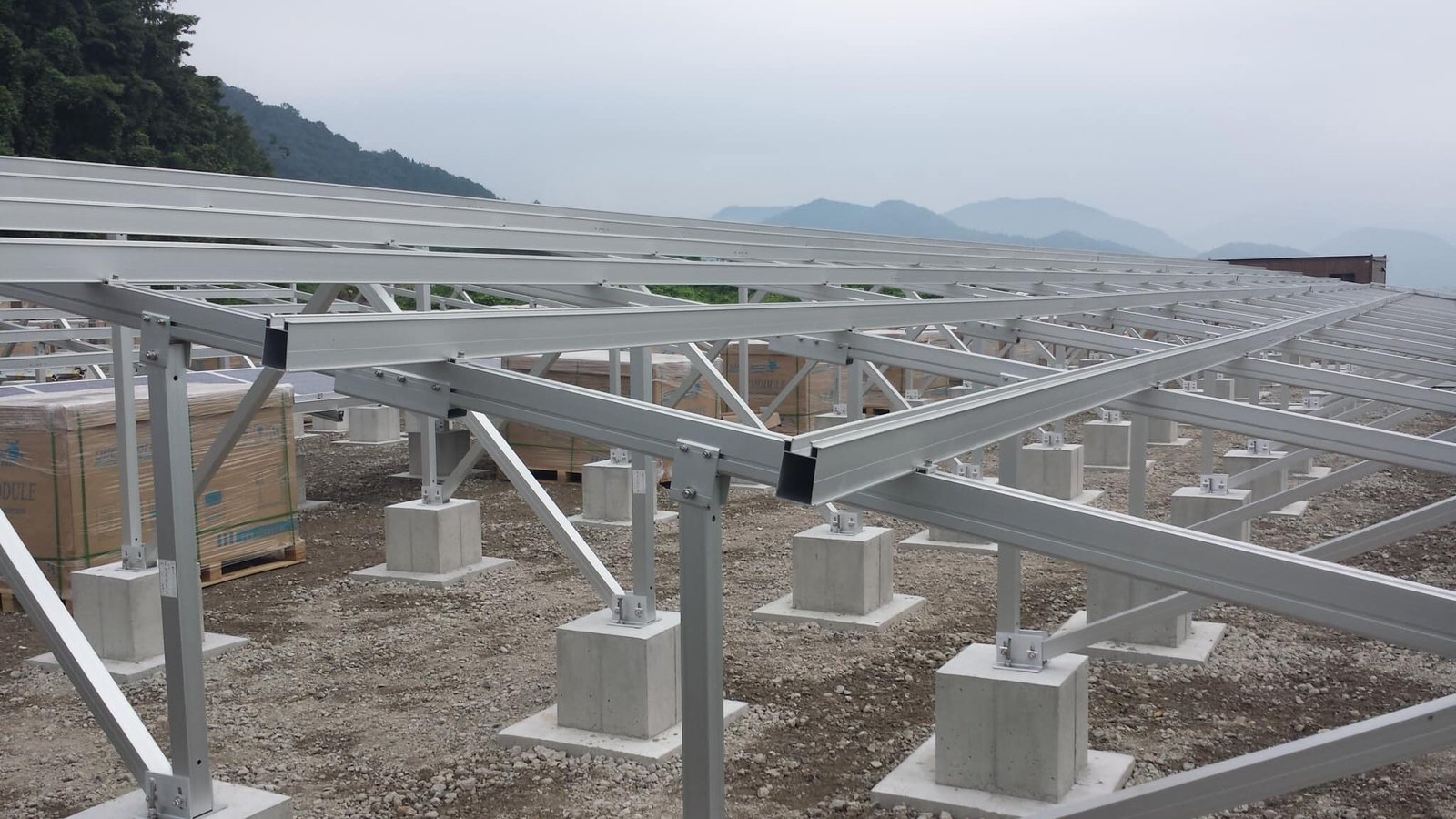-
2103 Room NO.322 Xinggang One Road, Haicang District, Xiamen Fujian, China
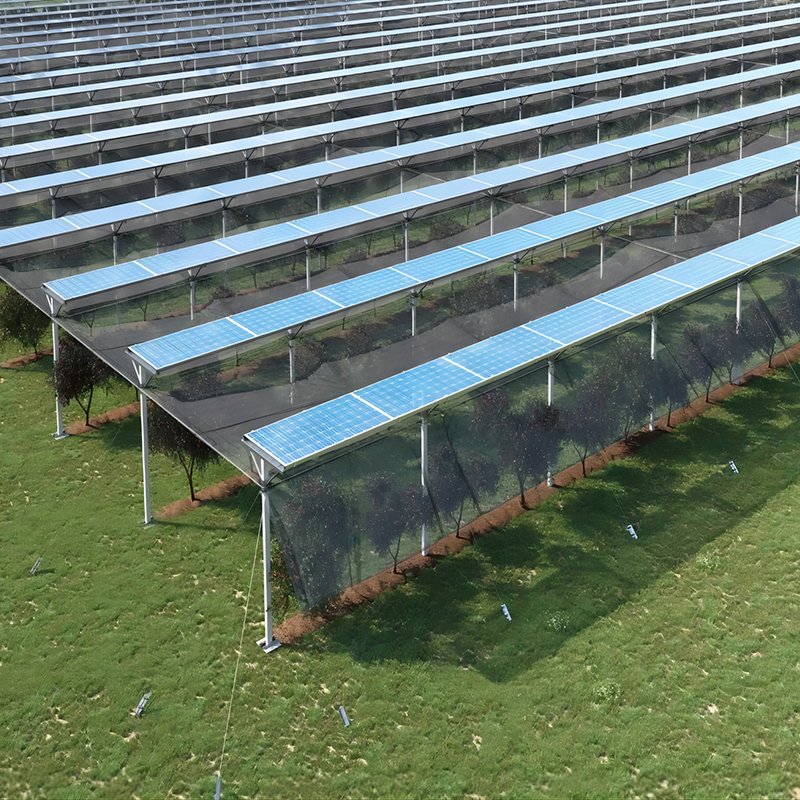
Optimal Mounting Height for Solar Panel Structures: What You Need to Know
Table of Contents
In solar PV system design, the height of the mounting structure plays a vital role in maximizing energy output and ensuring long-term system stability. But how tall should your solar mounting system be? This guide answers all key questions about the ideal mounting height, associated benefits, potential issues, and compliance requirements.
What Is a Solar Mounting Structure?
A solar mounting structure (or solar racking system) is a framework used to securely support solar panels on various surfaces like rooftops, open fields, carports, and balconies. The right mounting height not only enhances panel efficiency but also protects the system from weather damage and simplifies maintenance.
👉 For specialized solutions, explore our Solar Carport Structures e Ground-Mounted Systems.
What Is the Ideal Height for Solar Mounting?
Standard Height Range: 1–2 Meters
In most ground-mounted applications, the optimal height is between 1 to 2 meters from ground level. This allows:
- Better sunlight exposure with fewer shading issues
- Improved ventilation under the panels
- Protection against dust, snow, and debris accumulation
However, the final height must be chosen based on local climate, terrain, and regulatory restrictions.

Are There Height Restrictions?
Yes. Height regulations are typically set by local building codes or zoning laws. In Japan, for example, height restrictions for solar racking range from 2 meters to 10 meters, depending on land use classification and location.
Before installation, always consult:
- Local municipal guidelines
- Environmental impact assessments
- Neighboring property considerations
Advantages of a Higher Mounting Structure
Less Impact from Shadows
Elevated racks help prevent shading from nearby objects, trees, or other panels. This maintains stable and high energy output throughout the day.
Less Exposure to Dust and Debris
Higher systems are less affected by soil dust or airborne particles near the ground, especially in agricultural or desert zones.
👉 Consider our Agricultural Solar Mounting System for elevated installations suited to farming environments.

Better Snow Shedding
In snowy regions, an elevated structure allows snow to slide off easily, keeping panels clean and functional.
Easier Maintenance Access
Increased height improves access for cleaning, inspection, and repairs, reducing long-term maintenance costs.

Improved Airflow and Cooling
Solar panels lose efficiency at high temperatures. Elevated systems allow better air circulation, helping maintain ideal panel temperature, especially in hot climates.
Considerations and Drawbacks of Higher Structures
Susceptibility to Wind Loads
Higher racks are more exposed to wind pressure, especially in coastal or typhoon-prone areas. You must ensure:
- Stronger anchoring systems
- Wind tunnel testing (especially for >2m heights)
- Proper use of Ground Screws or heavy-duty Flange Mounts

Increased Construction Costs
A taller frame means more materials and labor. Custom engineering, deeper foundations, and specialized fasteners can raise project costs.
Potential for Neighbor Disputes
Tall structures may obstruct views or sunlight for adjacent properties. Always assess:
- Daylight access laws
- Aesthetic impacts
- Community relations
Our Recommendation: 1–2 Meters Is Best
While benefits of higher structures are clear, our experience shows that for most residential and commercial ground-based systems, a height of 1 to 2 meters strikes the best balance between:
- Performance
- Cost-efficiency
- Maintenance
- Regulatory compliance
👉 For rooftop solutions, explore our Mini Rail Mounting System designed for both pitched and flat metal roofs.
Conclusion: Choose the Right Height for Maximum Solar Output
O height of a solar mounting structure directly affects its energy performance, operational ease, and environmental resilience. Always consider:
- Local wind/snow conditions
- Ground type
- Regulations and neighboring properties
- Budget and system lifetime goals
Partner with Firstsolar, a leading solar racking manufacturer with:
- 5 vertically integrated production lines
- Advanced anti-corrosion surface treatments
- Engineering-tested Ballasted Roof Systems e Balcony Racks



